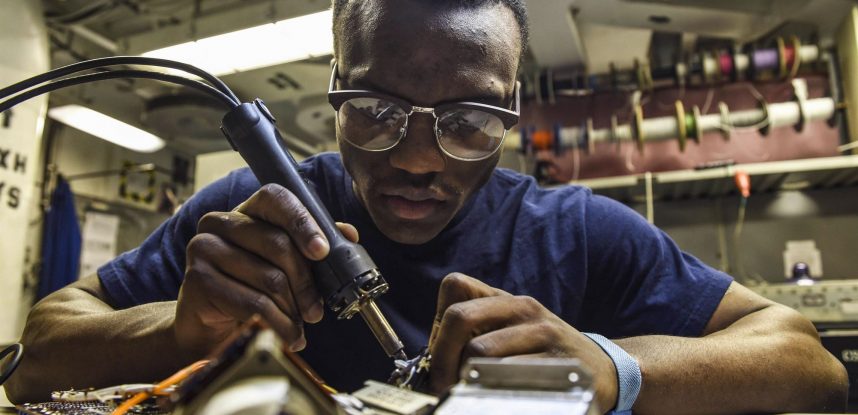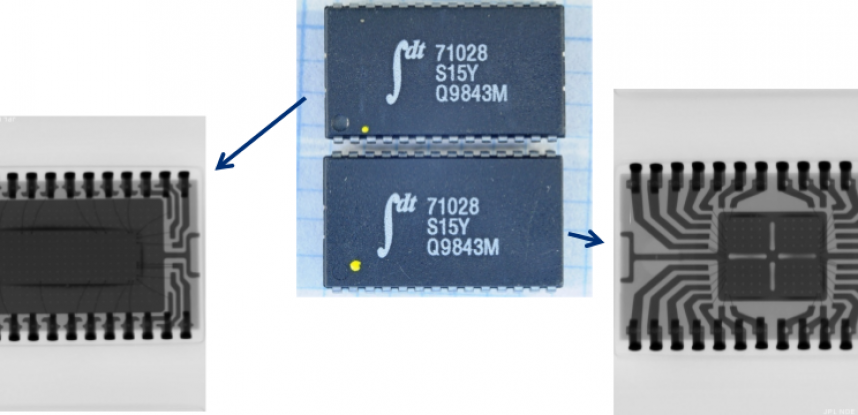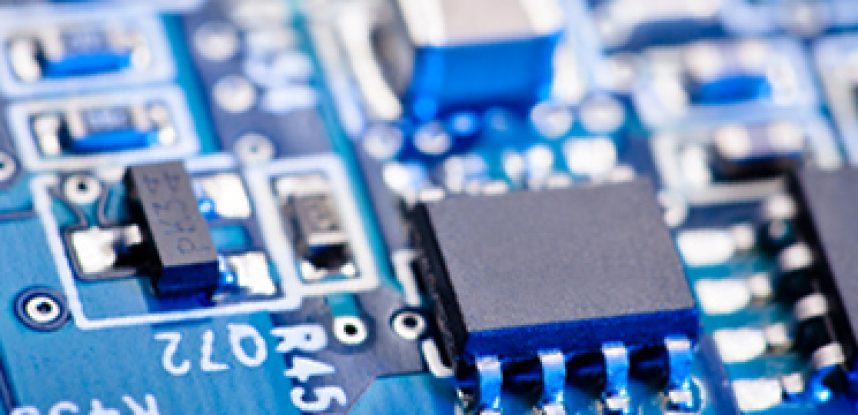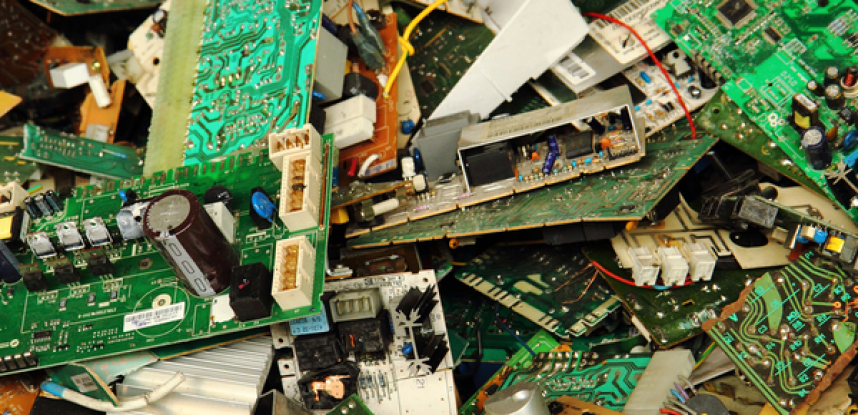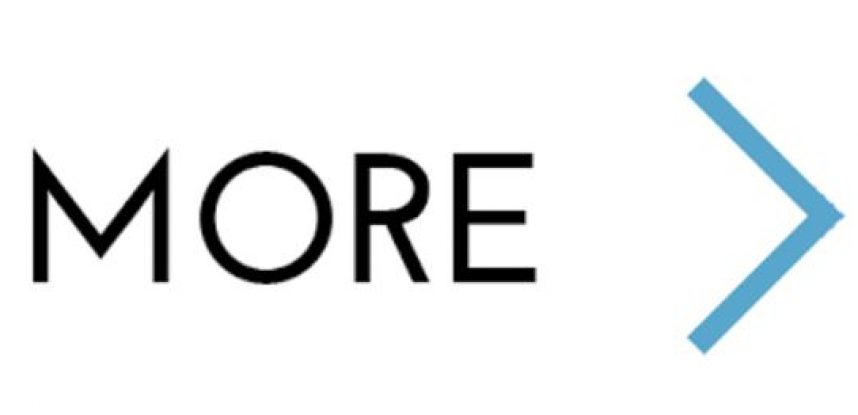Counterfeit Components Hurt More Than Military Applications
When reading the news around counterfeit components, much of the dialogue is driven by the defense industry. When you are dealing with systems that protect our national security and the lives of the people out in the field – you’re not dealing with counterfeits in a bunch of trivial electronics. You’re taking necessary steps to protect the lives of men and women who depend on the systems for their safety. Since 2011 more than 1800 cases of counterfeit components were reported in defense applications, including mission computers operating the THAAD missile system, in the Air Force’s C-27J, in the Navy’s P-8A, and in electromagnetic interference filters on an SH-60B helicopter.
However, the trouble with counterfeits isn’t limited to the defense industry and the military. They’re just currently the ones driving the conversation and legislation such as the 2012 National Defense Authorization Act, Sec. 818.

